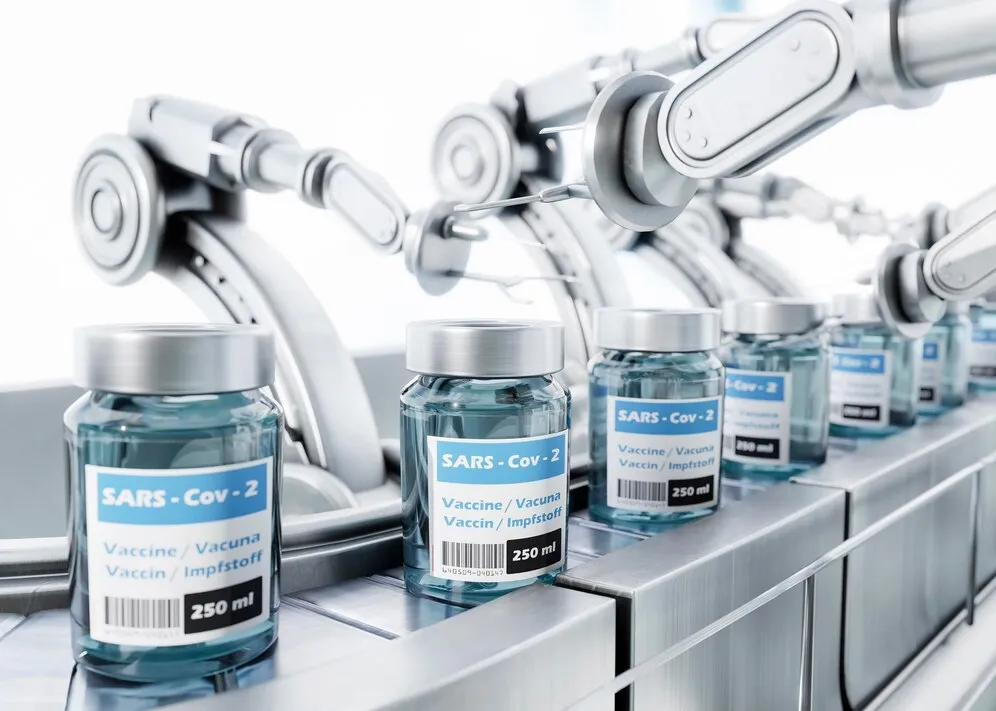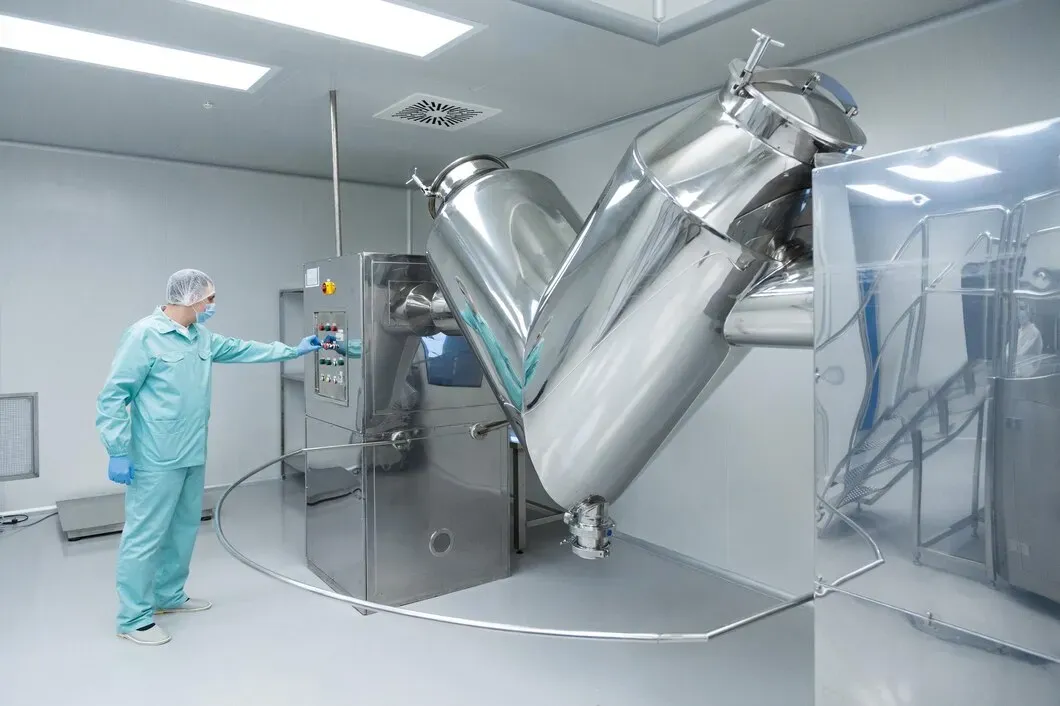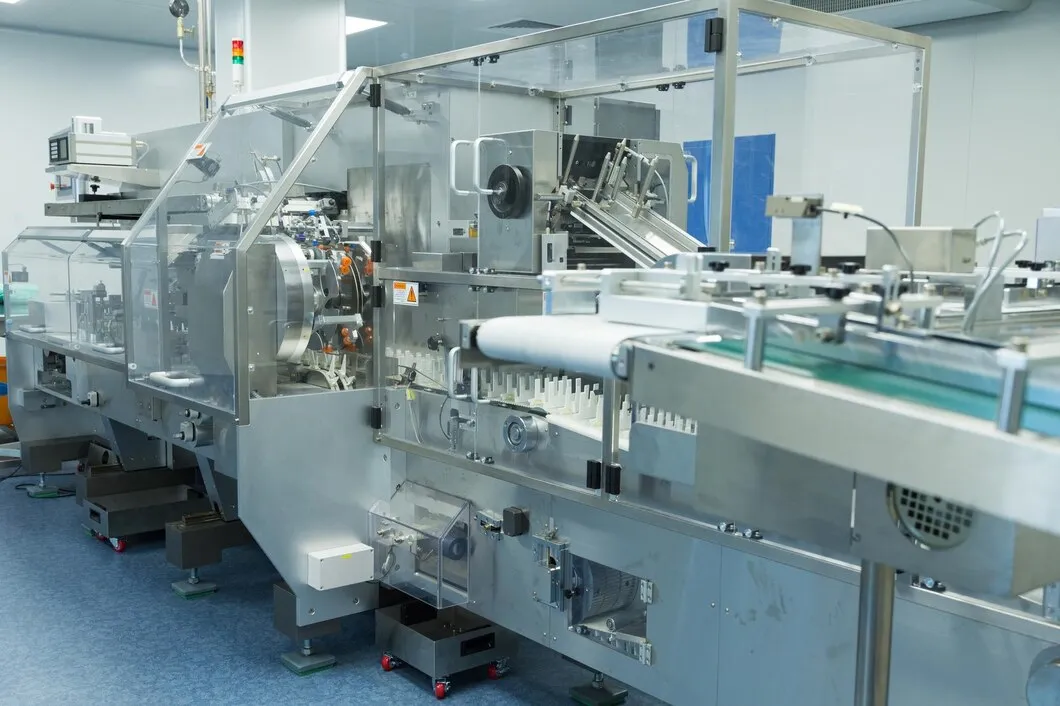Automation is transforming the way pharmaceutical products are made. As production gets more complex and regulatory requirements get stricter, the need for reliable, scalable, and efficient systems is bigger than ever. In today’s world, automation in pharmaceutical industry operations isn’t just helpful—it’s essential.
In this article, we’ll explore how automation in pharma is changing manufacturing, what processes are being automated, the benefits and challenges, and what it all means for forward-looking manufacturers.

Pharma manufacturing has always been high stakes. One mistake can delay a product launch, result in a recall, or fail compliance audits. The pressure is even higher with the rise of biologics, personalized medicine, and global demand.
Manual operations simply can’t keep up. Human error, inconsistent quality, and long turnaround times create too much risk. Automation pharma systems solve this by standardizing workflows, improving accuracy, and delivering reliable throughput, day in and day out.
According to a recent review in the Research Inventy Journal, pharmaceutical automation is becoming a core strategy for companies looking to reduce risk, increase precision, and meet Good Manufacturing Practice (GMP) standards
Automation can be applied to various stages of 医薬品製造:
Implementing automation offers several advantages:
Despite its benefits, adopting automation presents challenges:
Several companies are at the forefront of providing automation solutions for the pharmaceutical industry:
Embracing automation positions pharmaceutical manufacturers to meet the evolving demands of the industry. Manufacturers should assess their current processes and consider strategic investments in automation to future-proof their operations.
The integration of automation in pharmaceutical manufacturing is no longer optional. With the global industry moving toward more advanced, data-driven, and compliance-heavy operations, automation gives manufacturers the edge they need to stay competitive.
Companies that embrace automation early can improve productivity, ensure product quality, and reduce long-term operational risks.
Looking to upgrade your production line? ご相談ください about automation solutions built for the future of pharma manufacturing.

薬が患者に届く前に、研究室で製造が始まります。そこでは、処方がテストされ、バッチがチェックされ、品質が確認または疑問視されます。その作業を適切に行うには、適切な機器、つまり単に仕事をこなすだけでなく、それを正確に行うツールが不可欠です。製薬ラボの運営または立ち上げを担当している方のために、実際に必要な機器とその重要性について説明します。製薬ラボ機器の主なカテゴリー 製薬ラボでは、それぞれ特定の目的を持つ多様な機器が使用されています。 製薬ラボでよく使用される機器 主要な製薬ラボ機器には以下が含まれます。 ラボ機器が品質、安全性、コンプライアンスをどのようにサポートするか あらゆる製薬[…]

ブリスター包装は、錠剤からカプセル、サンプルパックまで、医薬品業界のあらゆる場所で使用されています。製品を保護し、保存期間を延ばし、患者の安全性を向上させます。しかし、メーカーにとって、ブリスター包装は単なる包装にとどまりません。スピード、精度、そしてコンプライアンスを基盤としたシステムなのです。医薬品製造または包装資材調達に携わる方のために、ブリスター包装について知っておくべきことをご紹介します。その仕組み、素材、そしてなぜ業界で最も信頼されている包装形態の一つなのかをご紹介します。ブリスター包装の仕組み ブリスター包装とは、製品(通常は錠剤などの固形剤)を、裏打ち層で覆われた成形された空洞に密封するものです。空洞は通常透明なプラスチック素材で作られており、[…]

医薬品やサプリメントの供給方法を決める際、液体ゲルか錠剤かという形状の選択は、見た目以上のものを左右します。製品の製造方法、吸収速度、必要な機器の種類、そしてエンドユーザーの体験にも影響します。有効成分の中には、液体充填でより効果的に作用するものもあれば、安定性のために一定量を必要とするものもあります。さらに、コスト、保存期間、生産スケジュールも考慮する必要があります。このガイドでは、これらを実践的な観点から解説します。マーケティングの誇張表現は一切なく、次の製品の開発、拡張、調達において重要な重要な違いだけを解説します。何を比較するのでしょうか?ソフトジェル(液体ゲルとも呼ばれます)は[…]